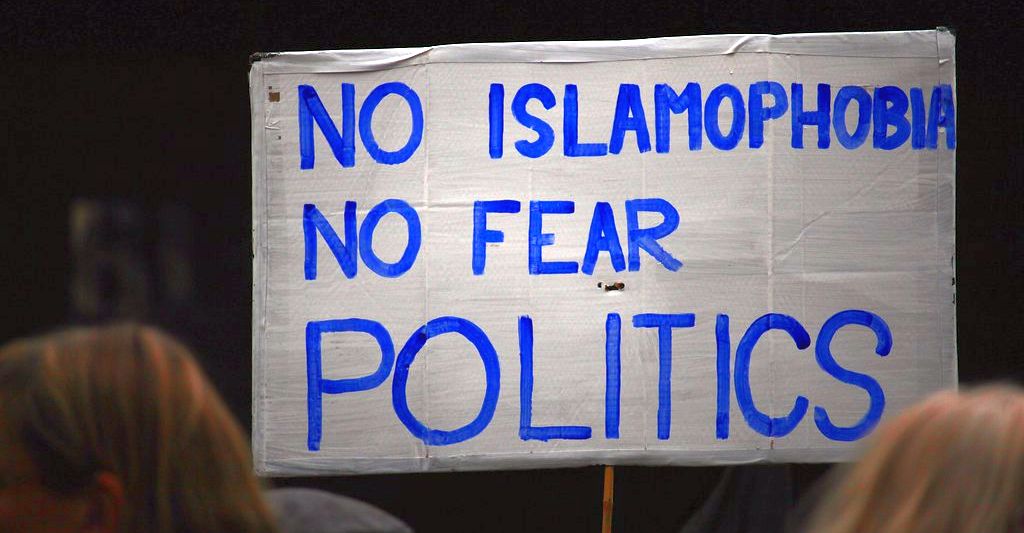People need to be educated about safer drug using practices because it’s pretty apparent they’re not going to stop taking drugs anytime soon. The UN’s 2014 World Drug Report found Australians to be the highest ecstasy users in the world, with internationally high and increasing usage levels of most illegal substances. When governments, festivals and venues refuse to acknowledge this social trend, people are left ignorant when taking drugs.
Last year Major Lazer member Jillionaire commented to US Rolling Stone, ‘It’s going to sound weird, but we need to teach kids how to do drugs, the same way we teach them about drinking responsibly and having safe sex.’
He was quick to point out that, while he didn’t condone drug use, the countless drug-induced accidents and overdoses he’s seen in crowds has led to him to call for a change needed in drug awareness.
In the British Journal of Criminology, Caitlin Hughes and Alex Stevens look at Portugal’s experience seven years after it legalised illicit drugs in 2001. They argue:
Portuguese decriminalisation did not lead to major increases in drug use. Indeed, evidence indicates reductions in problematic use, drug-related harms and criminal justice overcrowding.
In their paper ‘Drug policy and the public good: evidence for effective interventions’, a group of doctors including Professor John Strang of Kind College and the National Addiction Centre of London emphasises the value of education programs in schools and mass media, but believe they should focus solely on the dangers of drug use. They do acknowledge, however, that not all prevention messages work:
Drug Abuse Resistance Education (DARE) is a school-based preventive intervention widely adopted in the USA in which police officers provide classroom advice on the dangers of drug use. In many studies it has been shown to neither prevent nor delay drug use.
Changes in policy including diminished penalties for possession may be implemented in the future, but changes to education strategies are happening now. What’s important is whether these evidence-based strategies are reaching students. The Department of Education, Training and Employment in South Australia advocates for teachers of years 10–12 to teach such specifics as:
Ecstasy users at dance parties should sip water at the rate of 600 mL per hour to replace lost fluids and rest frequently in cool places.
The current harm reduction strategies widely used in schools tell kids that drugs unequivocally equal social destruction at best and death at worse. You don’t need a PhD to see that this approach alienates its audience because it’s untrue.
The natural parallel to be made is sex education. Abstinence education has failed because its message is that sex before marriage leads to STDs and pregnancies – an obviously flawed argument. Safe sex education has been more successful. So why couldn’t a similar approach work for drugs?
A common argument against teaching safe drug taking education is that it’s dangerous as drugs are unregulated. But the reality is that people will take drugs whether they know what’s in them or not. Over 80,000 people participated in the 2014 Global Drugs Survey – 20 percent said they snorted mystery powders bought from someone they didn’t know.
Knowing what’s in every pill or powder is impossible; educating people about safe drug-taking strategies could reduce overall harm.
If the mass media acknowledged the social trend of recreational drug use rather than depicting all drug users as addicts, that would be more effective in decreasing harm too. Dr Adam Winstock, the founder of The Global Drug Survey 2014, says:
The first step is to treat people who take drugs as rational adults who wish to be informed.
He devised risk reduction guidelines: the ‘Highway Code’. Its fourteen guidelines for MDMA use, for example, include test dosing a new batch of drugs, avoiding drug use depressed, eating properly when taking drugs, and avoiding the drug for four weeks between sessions. They’re logical, realistic tips that should be readily accessible to young people and the public.
Teaching the public that drugs affect everyone differently, and are more addictive for certain personalities is important too. Labelling weed as a gateway drug is ludicrous to the twice-a-year joint smoker, but frighteningly true when applied to the daily breakfast bong smoker who finds their way to oxycodone. Blanket messages don’t work, and the public is far too smart for them.
The public, both young and old, can make decisions for themselves, but these decisions should always be well informed. Safer drug taking practices reduce harm. It’s time to stop ignoring this.






